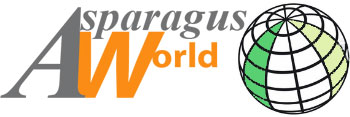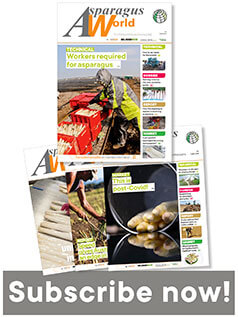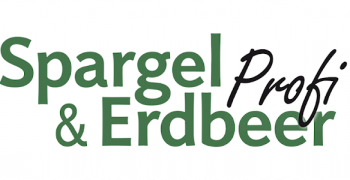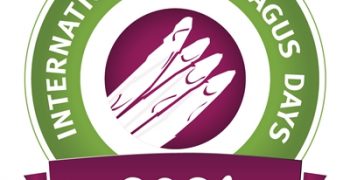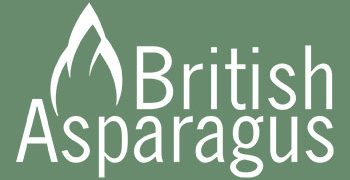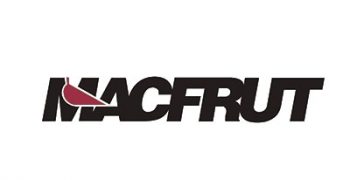Asparagus sector wins increase in maximum length
Both white and purple fresh asparagus spears can now be sold at retail in Europe at lengths of up to 24 cm – 2 cm longer than had previously been allowed. The change, which came into effect on December 20, 2023, followed lobbying from asparagus growers, particularly those in Germany. Provision for the change was made in the 2023 version of “UNECE* standard FFV-04 concerning the marketing and commercial quality control of asparagus.” The standard now says “The maximum length allowed for white and violet asparagus is 24 cm,” where in the past it had stipulated 22cm. The maximum length applying to violet/green and green asparagus remains unchanged at 27 cm. The previous maximum of 22 cm for white and violet asparagus spears had applied since at least November, 1999 – before the UNECE standard was introduced – under European Commission regulation 2377/1999 laying down the marketing standard for asparagus. It was introduced for standardisation and quality assurance purposes.
Germans says change will cut food waste, French concerned about fibrosity
The change in the UNECE standard to 24 cm followed a submission by the German delegation to the UNECE Working Party on Agricultural Quality Standards, dated February 23, 2023. In its submission, Germany gave the following reasons in its justi cation of the change sought: “By increasing the permissible length to 24 cm, food waste could be avoided. In the past there have been concerns about quality with longer shoots. With today’s production methods, deeper planting and higher dams, these concerns can be alleviated. In recent years, further research and development have given the asparagus producers opportunities to improve the quality of longer asparagus shoots.” UNECE documents show that the German proposal was accepted by the relevant part of the UNECE Working Party – the Specialised Section on Standardisation of Fresh Fruit and Vegetables – but it was noted that there had been “a request from France to postpone adoption to carry out a study due to brosity concerns.”
German producers pleased with prompt response
In a press release in February welcoming the change, a German representative group highlighted that the extension to 24 cm applies to all classes of asparagus. “We welcome how quickly our demand for a change to the UNECE standard was implemented and are pleased that the longer asparagus spears can now also be marketed through food retailers, thus signi cantly reducing asparagus cutting waste,” the Network of Asparagus and Berry Associations said. “In direct marketing, the experiences so far with longer asparagus spears have been consistently positive,” said Jürgen Schulze, the networks’ asparagus cultivation consultant. The network also said the change “is a signi ficant contribution to regional sustainable asparagus production, as the use of important and limited resources, such as water, fertilisers and pesticides” will be “significantly reduced in production. In addition to reducing food waste and increasing sustainability in asparagus production, producers can also further improve the regional asparagus o ering in food retailers,” it said. At an informal meeting of representatives of German and French asparagus producer unions during the Interaspa 2023 trade fair in Sandhatten, Germany in September 2023, it was argued that the proposed new standard would enable a higher volume of marketed product without changing the quantity of inputs (plastic, pesticides, fertilisers, water, etc.).
It would not impact product quality
It was also said that this would provide economic bene ts to asparagus producers, through greater yield per hectare for unchanged production costs (particularly in terms of labour). The measure would not impact product quality because modern cultivation techniques with high mounds and new varieties are already being developed. In addition, it would allow waste reduction in the eld. Also, there would be no obligation on producers to provide longer spears as everyone would remain free to continue to sell 22 cm asparagus instead of 24 cm, thus also allowing producers that prefer not to make the calibre change to highlight their traditions. For its part, the French industry seemed divided on the subject, with delegates expressing concerns about the risk of fibrosity in the last two centimetres of the spear and lower taste quality. The exchanges prompted a desire for a broader sharing of information between Germany and France, as well as with other producing countries in Europe.
